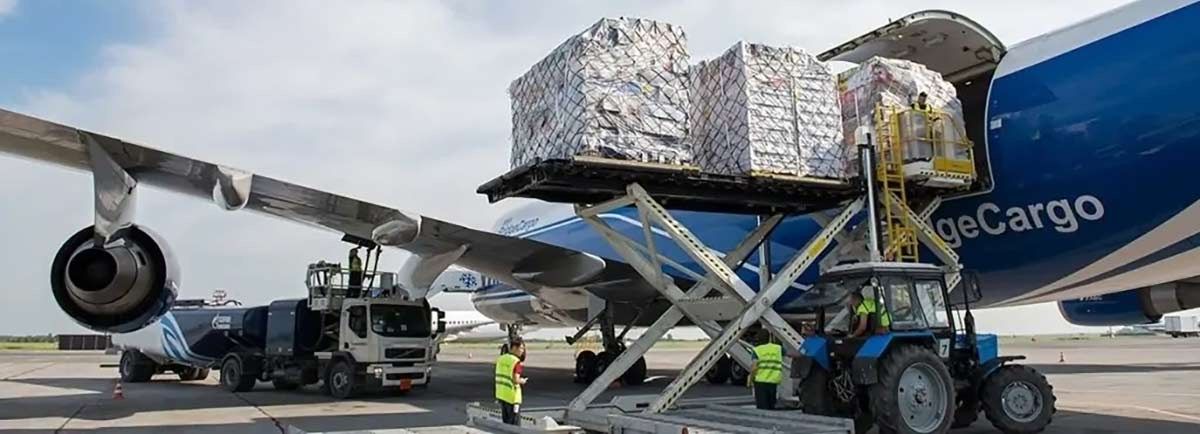Low-cost air cargo delivery to Ukraine.
Any enterprise is looking for ways to optimize costs. Transportation costs are a significant burden on the cost of goods in the importer's warehouse. In search of optimization of expenses on air cargo delivery, many importers look at the proposals of low-cost airlines. Let's go through the inner kitchen of low-cost carriers and ways to reduce costs in air transportation.
The topic "Economics of low-cost shipping: how airlines reduce costs and increase revenues" is an interesting and relevant area for our review. Let's take a look at the history of low-cost carriers and innovative principles in air transportation that allowed low-cost carriers to gain an impressive share of the air transportation market.

History and evolution of low-cost carriers in air cargo transportation
- First steps
- 1940s-1960s: During this period, air cargo transportation was just beginning to develop. The focus was on passenger transportation, and cargo transportation was seen as a value-added service.
- 1970s: With the growth of international trade, the need for fast and reliable cargo delivery increased. The first specialized cargo airlines began to appear.
- The emergence of low-cost carriers
- 1980s: Against the backdrop of the success of low-cost carriers in passenger transportation (e.g. Southwest Airlines), a similar model began to be implemented in cargo transportation. The main principles included cost reduction, use of secondary airports and load optimization.
- 1990s: Low-cost carriers began to make extensive use of new technologies to automate and improve logistics processes. Examples include DHL and FedEx, which actively implemented new management and logistics models.
- Technological innovations
- 2000s: The development of IT technologies and the Internet allowed for significant improvements in booking and cargo tracking systems. Low-cost carriers started using big data and analytical tools to optimize routes and reduce operating costs.
- Current trends
- 2020s: Current trends include sustainable development and environmental responsibility. Low-cost carriers are actively adopting green technologies and strategies such as the use of biofuels and reducing CO2 emissions.
- COVID-19 Pandemic: Led to changes in supply and demand in the air transportation market. Low-cost carriers have begun to adapt to new conditions, including the rise of online commerce and changes in supply chains.
Cost reduction
- Optimization of fuel costs
- Use of more fuel-efficient airplanes.
- Introduction of alternative fuels.
- Optimization of routes to reduce fuel consumption.
- Reduction of operating costs
- Utilize aircraft of the same type to simplify maintenance.
- Minimize maintenance and repair costs.
- Automation and digitalization of processes.
- Reduced personnel costs
- Optimization of staffing.
- Utilization of temporary and contract staff.
- Implementation of HR management systems to improve efficiency.
- Infrastructure costs
- Selection of less congested and cheaper airports.
- Sharing terminals and warehouses with other carriers.
Increase in revenues
- Increase in flight utilization
- Optimization of routes and schedules to maximize cargo space utilization.
- Flexible pricing system depending on demand.
- Diversification of services
- Provision of additional services such as express delivery, cold chain, etc.
- Partnerships with logistics companies and courier services.
- Marketing strategies
- Targeting small and medium-sized businesses looking for more economical ways to deliver goods.
- Developing loyalty programs for customers.
- Utilizing digital platforms for booking and tracking shipments.
- Innovation and technology
- Implementing blockchain for transparency and security.
- Use of big data for demand forecasting and optimization of cargo operations.
- Development of unmanned and automated delivery systems.



0 comments
Write comment